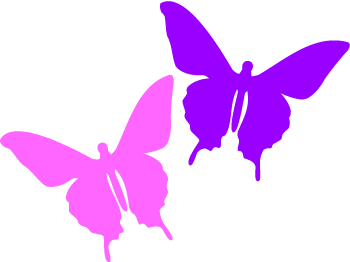top of page
Butterfly populations are a very good indicator of the health of an area's ecosystem !!
Sephisa princeps adults are easier to spot when they are foraging on flowers or basking in the sun. Searching flowering bushes and sunny, open areas within the creature's habitat range is a good strategy.
Adults are active from late June to early September (one brood).
Adults inhabit groves of oak trees near streams. Males are often encountered on the ground or on rocks near streams and are attracted to decomposing organisms or fermenting fluids, especially fluxes issuing from oak trees.
In the afternoon, they move to mountain peaks or ridges to sit on oak trees and engage in hilltopping. Females are rarely seen as they spend much time around the crowns of tall deciduous trees, but they are sometimes attracted to fermenting sap fluid of trees or on shrubs near streams. Neither sex visits flowers.
Mating occurs on the leaves of the food trees.
Females lay eggs only inside rolled leaves.
Wearing bright colors may sometimes attract the curious adult sephisa princeps.
Adult are active from late June to early September (one brood).
They inhabit groves of oak trees near streams. Males are often encountered on the ground or on rocks near streams and are attracted to decomposing organisms or fermenting fluids, especially fluxes issuing from oak trees.
In the afternoon, they move to mountain peaks or ridges to sit on oak trees and engage in hilltopping. Females are rarely seen as they spend much time around the crowns of tall deciduous trees, but they are sometimes attracted to fermenting sap fluid of trees or on shrubs near streams.
* Being Brush Footed butterflies, they use their pair of front legs for food tasting and their two longer pairs of rear legs for propulsion.
* * Due in part to the remoteness of their home range, there is relatively little known about Sephisa preceps.

Diet: caterpillars feed on host plant leaves.
Diet: adults feed primarily on flower nectar, tree sap, decaying fruit, pollen, bird droppings
Larva Food Source
Family: Nymphalidae
The single biggest threat to butterfly survival is habitat destruction!!

bottom of page


